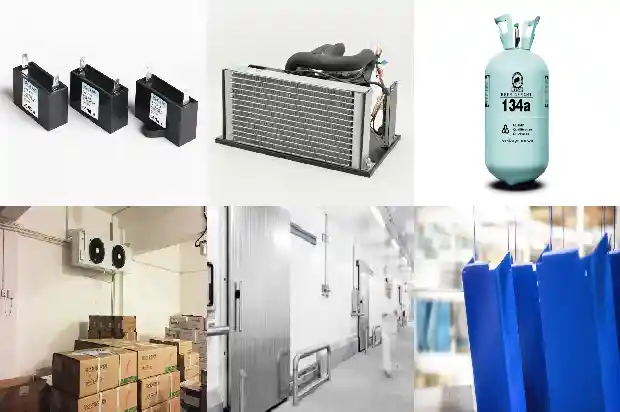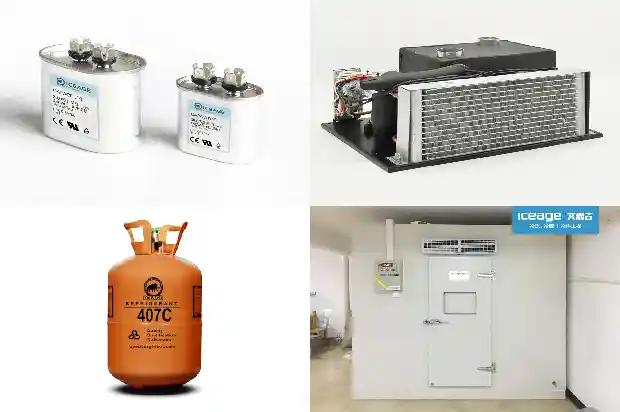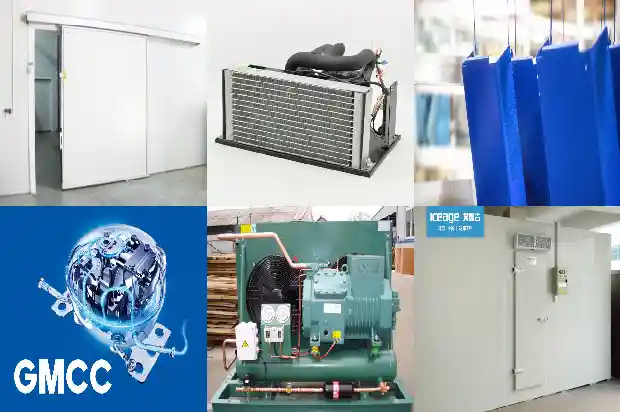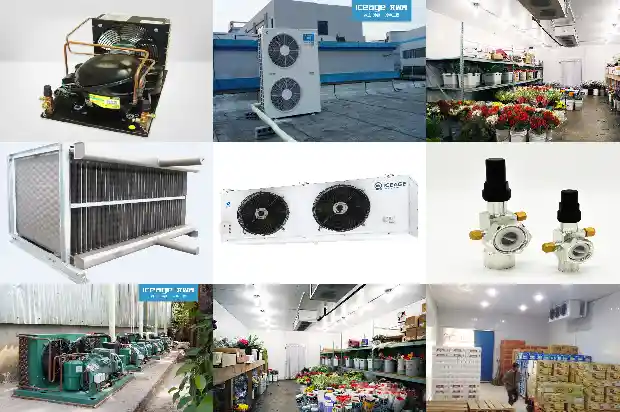Return Bend Setup and Installation Technical Requirements
2024-09-29
Under what circumstances should an oil return bend be set up?
- When the main unit is higher than the end (evaporator):
There is a rising riser between the evaporator and the main suction pipe. Since the refrigeration oil will not evaporate and vaporize in the evaporator, it accumulates at the bottom. When there is a large amount of refrigeration oil accumulated at the bottom of the evaporator, the suction pipe will be blocked. If an oil return bend is set at the bottom of the evaporator, the amount of oil accumulated in this bend will not be too much. As long as the bend is about to be blocked, the pressure difference between the two ends is sufficient to "pump" out the limited amount of refrigeration oil in the bend until it reaches the horizontal suction pipe at the top, and then it is sucked back by the compressor along the slope.
If you are worried that the rising riser is too long and not enough to pump the oil to the top, you should consider setting an oil return bend in the suction pipe of the rising section at a certain height difference interval (such as 6 meters to 10 meters) so that the refrigeration oil can return to the main unit in stages. - When the main unit is lower than the end (evaporator) and the height difference is large:
Although the refrigeration oil can automatically return to the main unit along the slope without an oil return bend, at this time, it is worried that too much oil return will cause "liquid hammer (oil hammer)" in the main unit. Therefore, an oil return bend is set in the main suction pipe at a certain height difference interval (such as 6 meters to 10 meters) so that the refrigeration oil can return to the main unit in stages. - During low-load operation:
Refrigeration oil accumulates in the oil return bend. Due to the limitation of flow velocity, the oil return effect driven only by "as long as the bend is about to be blocked, the pressure difference between the two ends" is very small.
The key point is to increase the output capacity of the compressor and increase the suction speed within a certain period.
If the suction speed can be increased to a large value, then there is no need to add an oil return bend.
In actual situations, when the internal heat exchange effect at low load affects the output of the compressor and increases excessively, it is easy to cause some problems in the system control, such as too low low pressure and no superheat at suction.
This means that the increase in suction speed is limited. When there is a large height difference, it is necessary to use oil return bends to return oil step by step!
- For small household one-to-one systems, the distance for setting oil return bends should be set according to the capacity of the compressor itself and cannot be simply borrowed!
Installation technical requirements for oil return bends:
In fluorine systems, when there is a drop of more than 6 meters between the indoor and outdoor units, in order to ensure smooth oil return of the compressor, an oil return bend is installed every 6 meters from the bottom up in the riser parts of the high-pressure gas pipe and the low-pressure gas pipe. The oil return bend is made of two "U"-shaped bends or one "return"-shaped bend, with a height of 3 to 5 times the pipe diameter.
Specific settings and requirements for making oil return bends are as follows:
A.
If the outdoor unit is below the indoor unit, there is no need to add an oil return bend at the lowest and highest points of the riser, as shown in the figure below:
The outdoor unit is below the indoor unit;
B. If the outdoor unit is above the indoor unit, an oil return bend and a check bend must be added at the lowest and highest points of the riser respectively.
Related Articles
- Installation and Oil Return Precautions for Refrigeration Equipment Pipelines
- What are the reasons for the poor oil return of screw compressors?
- Instructions for Welding and Drainage in the Installation of Refrigeration Equipment Pipelines
- What is the Correct Operation Method of the Distribution Box during Cold Storage Installation?
- What Issues Should Be Noted in Cold Storage Installation and Construction?
- What Special Requirements are There for the Installation of Tea Cold Storage?
- Operating Principle and Standard Installation Steps of Multi - split Systems in Refrigerant Air - conditioning Systems
- How to Identify the Quality of Refrigeration Equipment Installation Materials?
- How to Identify Installation Materials for Refrigeration Equipment
- Knowledge, Installation and Maintenance of Cold Storage Systems
- Precautions for the Installation and Use of Water Flow Switches
- What safety measures should be paid attention to during the installation of cold storage?
- What are the precooling methods after the installation of cold storage?
- Selection and Installation of Thermal Expansion Valves
- Daily Maintenance Training for Users after Installation of Small and Medium-Sized Cold Storages
- Parallel Installation and Precautions for Scroll Compressors
- How to Select the Configuration for Cold Storage Installation?
- What inspections are required for central air conditioning installation?
